
Cytology
Rapid Cancer Diagnosis
We are dedicated to providing the highest standard of care to our patients. To further this commitment, we are excited to announce our latest investment in cutting-edge diagnostic technology: the Vetscan Imagyst. This revolutionary equipment will enable us to enhance our diagnostic capabilities, ensuring that your pets receive the best possible care.
Digital Cytology allows us to obtain rapid and precise cytology results. With the integration of advanced digital imaging and AI technology, we can now analyse cytology samples in hours.
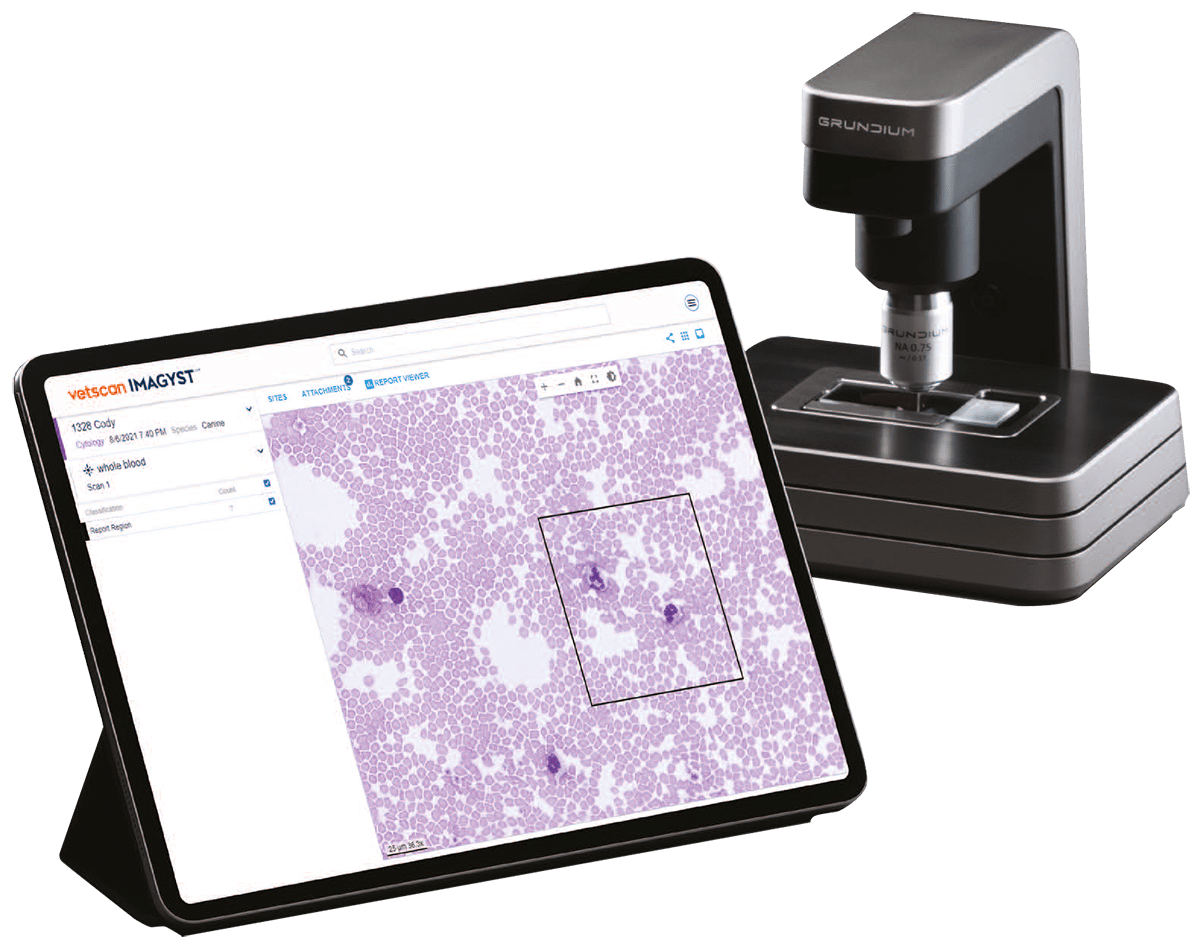
We are able to diagnose:
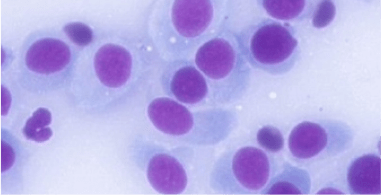
Round Cell Tumour
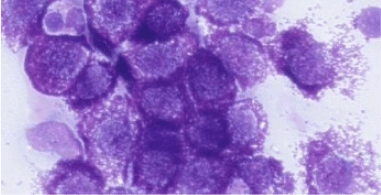
Mast Cell Tumour
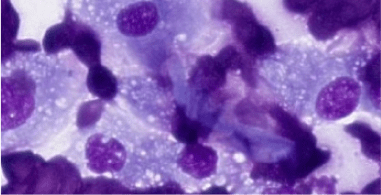
Soft Tissue Sarcoma
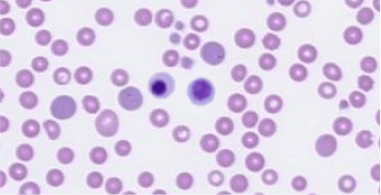
Regenerative Anaemia
What are the other benefits?
The detailed and precise results from the Imagyst helps us explain diagnoses and treatment plans to pet owners more effectively. High-quality digital images and accurate data make it easier to communicate complex medical information, fostering better understanding.
However, that’s not all:
Expert-Level Analysis in Real-Time
Imagyst system delivers expert-level analysis with cutting-edge AI algorithms that accurately identify and classify cells, providing immediate insights into your pet’s health. This timely analysis enhances decision-making, ensuring your pet receives the necessary care without delay.
Minimally Invasive and Stress-Free Procedures
Imagyst allows us to conduct diagnostic procedures that are both less invasive and less stressful for your pets. By swiftly and accurately analysing cytology samples on-site, we reduce the necessity for multiple visits and invasive tests, ensuring a more comfortable and gentle diagnostic experience for your beloved animals.
Enhanced Diagnostic Confidence
The precision and reliability of the Imagyst significantly enhance our diagnostic confidence, minimising the risk of misinterpretation often associated with manual cytology and enabling the development of more accurate treatment plans. This level of accuracy is essential for effectively managing complex conditions and ultimately improving patient outcomes.
Ear Comprehensive Care Under One Roof
Regular screenings with Imagyst enable us to identify health issues at an early stage, which is essential for effective treatment. This is particularly important for conditions such as cancer, where early intervention can greatly enhance outcomes. By proactively monitoring and managing your pet’s health, we can help ensure improved long-term health and a better quality of life.
Worried about lumps & bumps?
Bumps and lumps, while more frequently seen in older dogs, can also occur in younger ones. The majority of these tumors and bumps are benign and not cancerous, although some may be malignant and cancerous. As dogs age, the likelihood of developing melanoma increases. The encouraging news is that if cancerous masses are detected and treated early, the chances of recovery significantly improve.

What are the causes?
Dogs and cats, much like humans, can experience a variety of skin conditions, some of which can affect both pets and people.
Parasites
Bacterial Infections
Staph infection is the most prevalent bacterial skin infection in dogs, caused by the Staphylococcus sp. bacterium. It poses a zoonotic risk, meaning that dogs and humans can share the infection with one another, which emphasizes the importance of maintaining good hygiene and seeking prompt treatment.
Allergies
Dogs and cats can suffer from allergies, with symptoms frequently manifesting on their skin. An allergy is characterised by hypersensitivity to various triggers, including pollen, grass, and certain foods. Skin allergies, also referred to as atopic dermatitis, are among the most prevalent causes of itchy skin in these beloved pets.
Yeast & Fungal Infections
Yeast infections, also known as Malassezia dermatitis or yeast dermatitis, commonly occur in dogs’ ears, between their paw pads, or in skin folds. This condition can cause the affected areas of your dog’s skin to become itchy, red, and irritated. If left untreated, yeast infections in a dog’s ears can potentially lead to deafness.
Alopecia
Hormonal Problems
Hormonal issues in pets can significantly impact their skin and coat health, with conditions such as hypothyroidism, Cushing’s disease, and imbalances in sex hormones playing a major role. Hypothyroidism often leads to symptoms like hair loss, thinning fur, weight gain, fatigue, and a lackluster coat. Meanwhile, Cushing’s disease is associated with bald patches, increased susceptibility to skin infections, and the formation of calcium deposits.
Ear Problems
Dandruff (Seborrhea)
What are the causes?
Dogs and cats, much like humans, can experience a variety of skin conditions, some of which can affect both pets and people.
Parasites
Bacterial Infections
Staph infection is the most prevalent bacterial skin infection in dogs, caused by the Staphylococcus sp. bacterium. It poses a zoonotic risk, meaning that dogs and humans can share the infection with one another, which emphasizes the importance of maintaining good hygiene and seeking prompt treatment.
Allergies
Dogs and cats can suffer from allergies, with symptoms frequently manifesting on their skin. An allergy is characterised by hypersensitivity to various triggers, including pollen, grass, and certain foods. Skin allergies, also referred to as atopic dermatitis, are among the most prevalent causes of itchy skin in these beloved pets.
Yeast & Fungal Infections
Yeast infections, also known as Malassezia dermatitis or yeast dermatitis, commonly occur in dogs’ ears, between their paw pads, or in skin folds. This condition can cause the affected areas of your dog’s skin to become itchy, red, and irritated. If left untreated, yeast infections in a dog’s ears can potentially lead to deafness.
Alopecia
Hormonal Problems
Hormonal issues in pets can significantly impact their skin and coat health, with conditions such as hypothyroidism, Cushing’s disease, and imbalances in sex hormones playing a major role. Hypothyroidism often leads to symptoms like hair loss, thinning fur, weight gain, fatigue, and a lackluster coat. Meanwhile, Cushing’s disease is associated with bald patches, increased susceptibility to skin infections, and the formation of calcium deposits.
